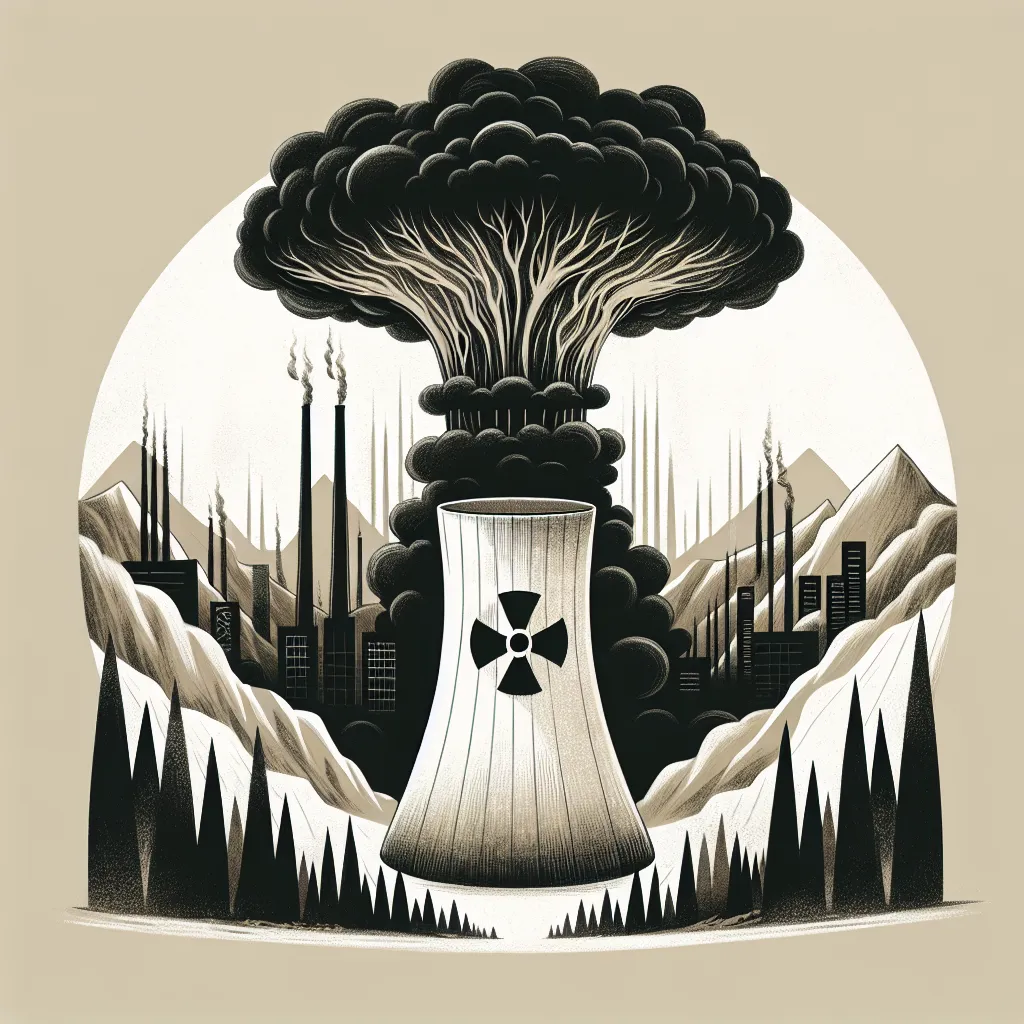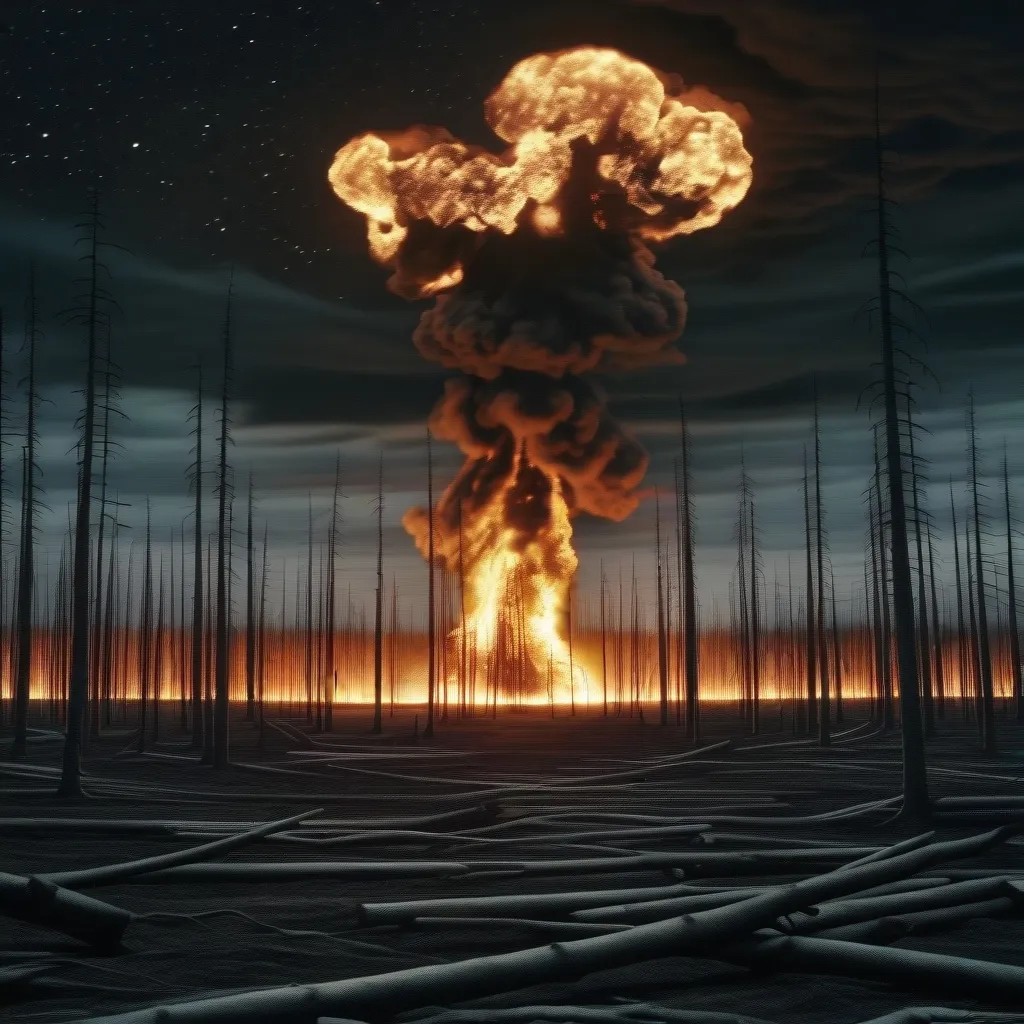Area 51—just the name stirs up a cauldron of mystery and intrigue. Nestled in the remote Nevada desert, it is a place that’s wrapped in secrecy, drawing countless theories about extraterrestrial life and groundbreaking tech hidden away from prying eyes. One man, Bob Lazar, claims he was at the center of it all.
To set the stage, Lazar first entered public consciousness in the late 1980s. He came forth with jaw-dropping tales from a place known as S4, allegedly located just south of Area 51. According to Lazar, his job involved reverse-engineering alien spacecraft, and that’s where things get fascinating. His claims, naturally, are met with skepticism but have intrigued audiences for decades.
Let’s dive into the juicy bits. Lazar insists he got his hands on alien technology and discovered an alien element known as Element 115, which he claims can revolutionize propulsion technology. Unlike anything found on Earth, this element supposedly allows spacecraft to manipulate gravity, offering a peek into otherworldly engineering feats. Imagine the thrill of sneaking peeks through base doors at nine diverse, saucer-like craft. He only tinkered with one, but the image of them lined up, each with its own quirks, has sparked endless curiosity.
Lazar’s descriptions of the crafts are dazzling. Picture a sleek design, an anti-gravity propulsion system that makes it zip through space like a phantom. The technology he described could manipulate gravity—something we only dream about in science fiction. According to Lazar, the materials were otherworldly. Imagine metal with the flowing quality of liquid titanium. If that doesn’t stoke your imagination, nothing will.
Then there are the occupants—or what seemed to be their seats. Tiny enough to fit toddlers, in Lazar’s view, they suggested either alien pilots or perhaps just probes of a highly advanced race. He recounts a surreal moment at the base, where he glimpsed what might have been these beings, albeit he reckons they weren’t live ones. His employer, however, chose to believe otherwise. Curiously, after he tried to sneak friends in to watch a saucer’s test flight, his tenure abruptly ended, and his history at the facility was supposedly erased.
All these wild claims spurred a global conversation, dividing individuals into fervent believers and staunch skeptics. As gripping as these tales were, the U.S. government categorically denied them, adding another layer of mystery. Lazar’s professional claims also faced scrutiny, with discrepancies popping up about his educational background and career milestones. Institutions like Caltech and MIT didn’t have any records of his attendance, raising questions about his credibility.
His entanglement with the law in 1990, over allegations of running an illegal high-tech operation, tarnished his reputation further, but Lazar’s persistence stood firm. He maintained a picture of an elite scientist working on daunting projects, supposedly linked to super-secret government outfits. A paycheck stub from the Department of Naval Intelligence—displayed by Lazar in court despite its dubious origin—added a dash of credibility, keeping his tale afloat.
In an unexpected twist, Russian scientists indeed discovered Element 115 in the early 2000s, formally naming it moscovium. However, it lacked the powerful attributes Lazar described. This version is highly unstable, and far from the stable fuel source Lazar claimed to have encountered in those mysterious crafts.
Adding to the mystery, Lazar’s workplace was reportedly raided by the FBI in 2017, fueling conspiracy theories that they were on a quest to retrieve Element 115. Others believe it was part of a murder investigation, pointing to a different agenda altogether.
Lazar’s saga continues, thriving through documentaries and appearances on major platforms like the Joe Rogan podcast. His stories are compelling, partly because they paint a world where science fiction nudges at reality—one where gravity control, force fields, and bending time aren’t far-fetched fantasies.
Renewed interest came in 2020 when it emerged that the U.S. military was still conducting research on unidentified aerial phenomena, under a program thought to be defunct. This revelation reignited age-old debates on the existence of extraterrestrial technology and its potential reverse-engineering.
Whether one believes Lazar or not, his stories compel us to question: Could the government be harboring technologies from beyond our world? The secrecy and vehement denials only add to the intrigue. If all is fiction, why expend so much effort to silence one man’s extraordinary claims? Perhaps, hidden within his narrative, there lies a truth waiting to be unveiled. Until then, Area 51 remains a defined mystery, a desert-bound enigma cloaked in its silence, bewitching our imaginations for years to come.






